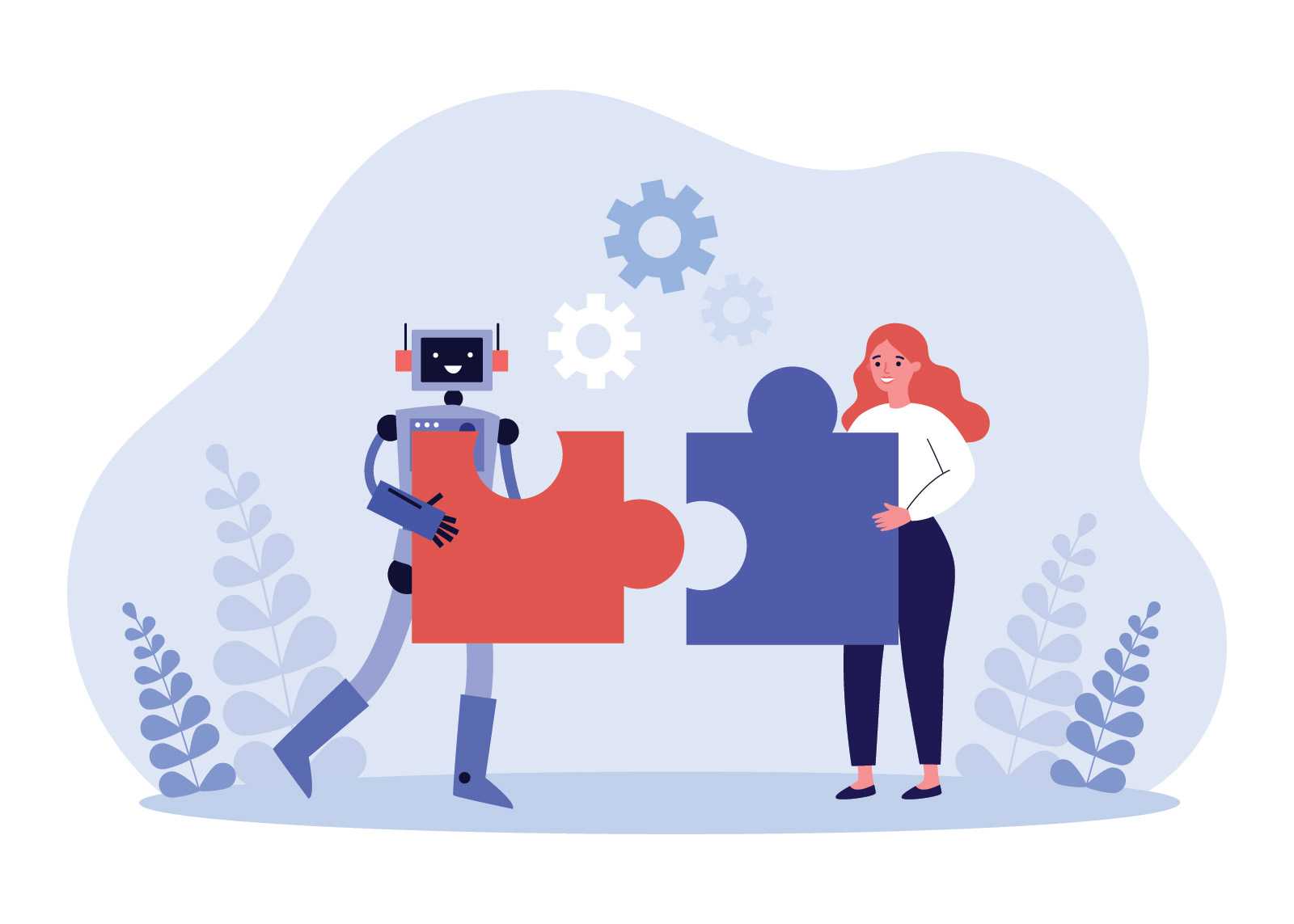
The Emotional Connection: Understanding the Role of AI Parasocial Relationships in Workplace Culture
September 26, 2025
As conversational artificial intelligence (AI) systems become more emotionally expressive, some users are increasingly perceiving them as companions rather than mere tools. This has led to the rise of parasocial relationships—one-sided emotional bonds with AI systems—shaping how people interact with technology. For instance, Kendra Hilty’s viral story highlighted how she sought emotional validation from AI tools like ChatGPT and Claude, naming her ChatGPT account “Henry” and confiding sensitive feelings to it. Her experience illustrates both the accessibility and risks of these relationships, which can lead to over-reliance or unhealthy attachment when individuals seek emotional support from AI.
Generative AI tools, designed to simulate human-like interactions, often mirror user emotions and foster a sense of connection. However, changes to these models can disrupt user experiences. For instance, the launch of ChatGPT-5 left many users dissatisfied, describing the model as less personable. In response, OpenAI announced plans to allow greater customization, acknowledging that some users prefer “cold logic,” while others seek “warmth” and emotional intelligence.
The emotional bonds people form with AI tools significantly affect workplace culture, shaping expectations and behaviors. These relationships often carry over into professional settings, influencing how employees interact with workplace technology.
Positive implications of this crossover include enhanced technology adoption, as emotional connections with AI tools make them less intimidating. Employees may experience reduced technostress during digital transformation and find AI tools to be a catalyst for innovation when they feel comfortable using them.
However, negative implications must not be overlooked and should receive careful attention when planning the adoption of these tools internally. For example, resistance to technological changes, such as updates to AI systems, can arise when employees feel a loss of emotional connection, as seen with its perceived decline in “personability.” Additionally, over-dependence on AI tools may displace trust in human colleagues and cases like Kendra’s highlight the potential for inappropriate boundary crossing when employees begin to rely on these tools for navigating the social aspects of the workplace and receive misguided advice.
Organizations can’t just plan for a single “AI rollout” when they adopt new tools, they need to understand that even slight updates to the model from the provider can affect the employee’s perception of the tool’s ability. These moments need to be seen as crucial inflection points in the long-term AI maturity of an organization. If employees suddenly feel disconnected from newer, less personable AI models, organizations risk facing challenges in maintaining any current momentum in AI adoption.
To address the complexities of AI parasocial relationships, employers should adopt a strategic framework with these key aspects:
By implementing these strategies, organizations can balance the benefits of AI integration with the risks posed by emotional over-reliance, fostering a healthier workplace culture.
As AI systems grow more sophisticated, emotional connections with these tools are inevitable. While such relationships can enhance workplace technology adoption and innovation, they also bring risks like over-dependence and resistance to change. Employers must take a balanced approach and embrace the benefits of human-AI bonds while mitigating potential challenges. By leading with empathy and foresight, organizations can navigate the complexities of AI parasocial relationships and thrive in an increasingly AI-driven workplace landscape.